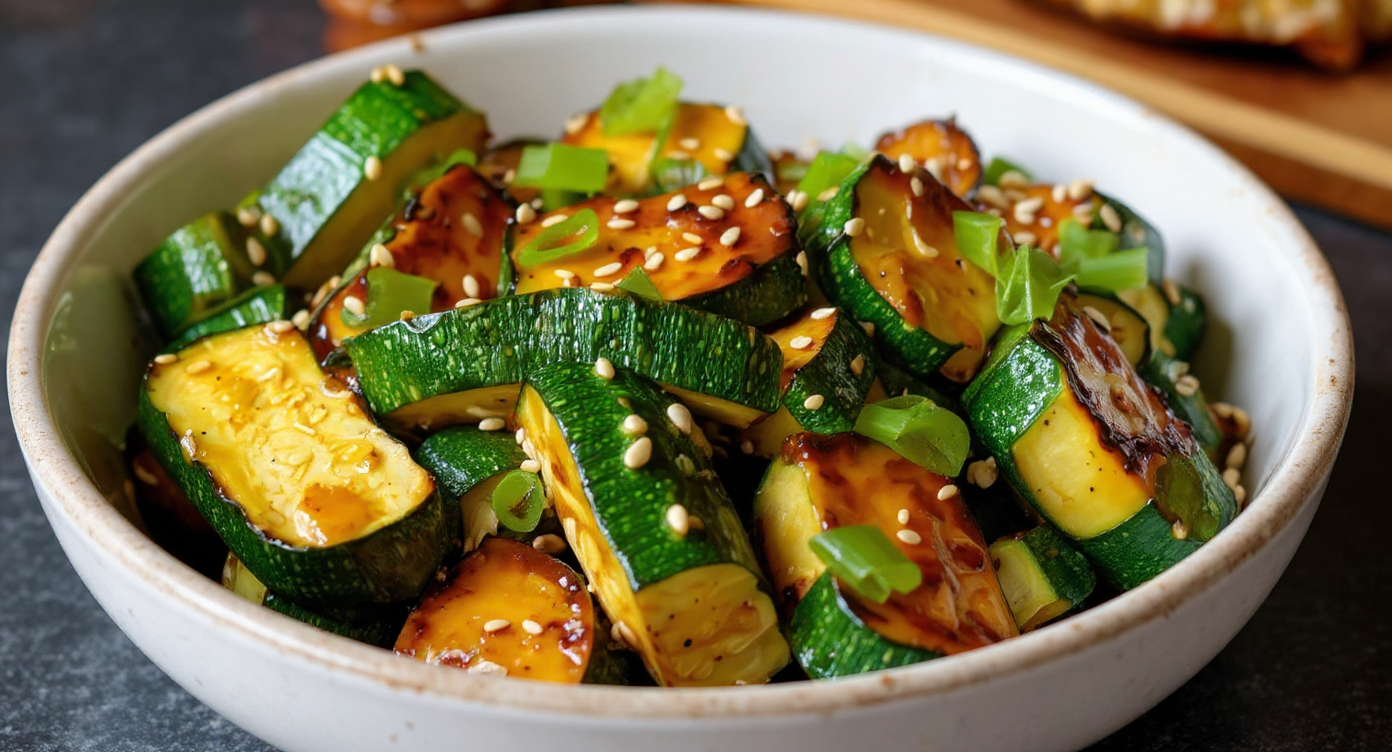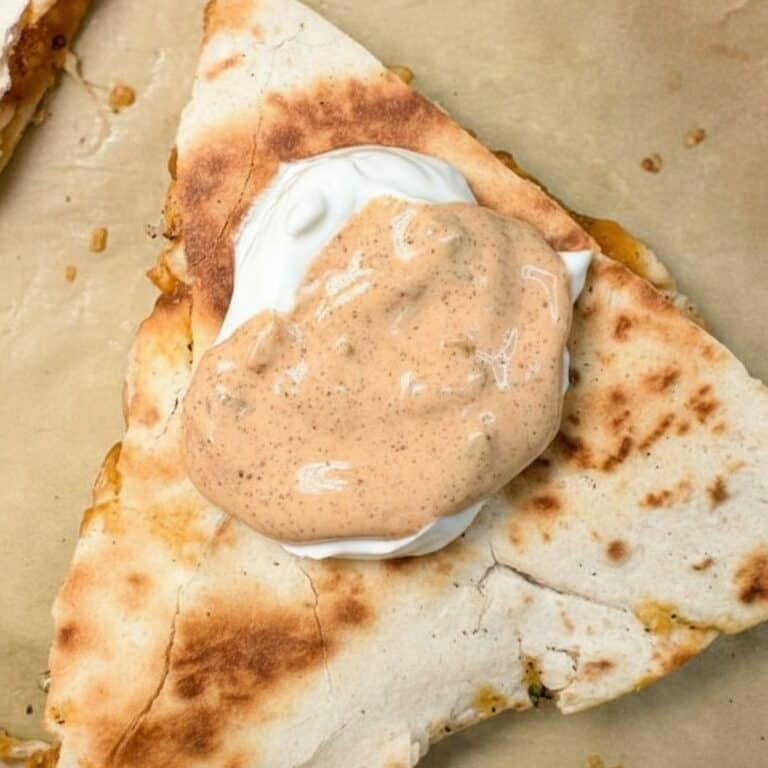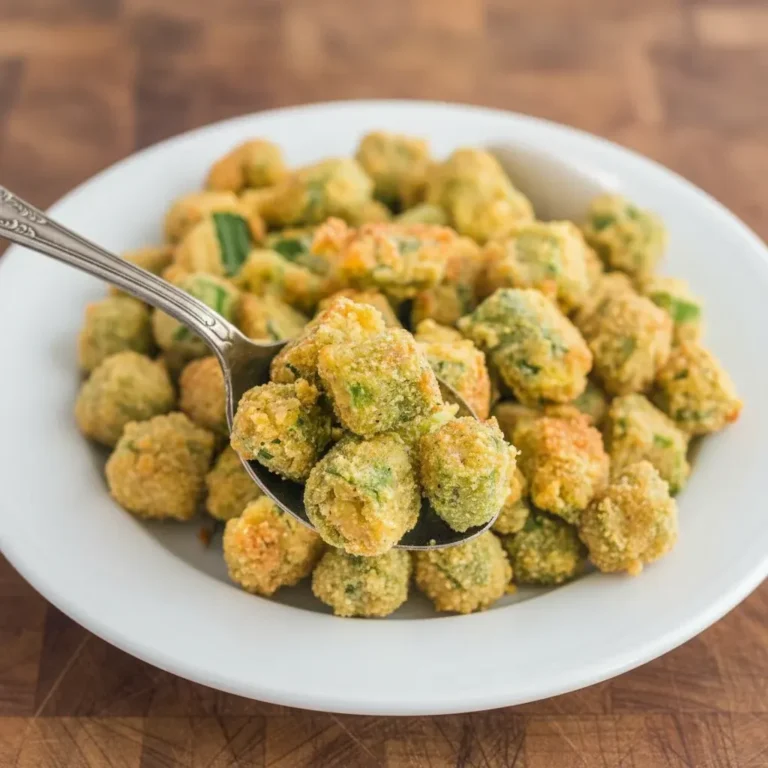How to Make Restaurant-Style Hibachi Zucchini at Home

Have you ever found yourself at a lively hibachi grill, completely captivated by the chef’s theatrical flair, and pondering just how they make their vegetables so uniquely flavourful? That perfectly tender-crisp, lightly charred courgette, shimmering in a savoury sauce, is frequently a standout part of the meal. While it appears deceptively simple, replicating that distinctive taste at home can feel like an unsolved puzzle. Well, we are delighted to be the ones to demystify it for you. We are confident that by using the correct technique and a handful of essential ingredients, you can prepare flawless hibachi zucchini in your very own kitchen, bringing that Japanese steakhouse sizzle right to your dinner table.
This guide will furnish you with everything you need to know, from choosing the finest ingredients to mastering the high-temperature cooking method. Prepare to wow your family and friends with a side dish that is speedy, wholesome, and bursting with umami goodness.
What Makes Hibachi Zucchini So Special?
The true genius of brilliant hibachi cooking is found in its simplicity and swiftness. The name “hibachi” is commonly used in the West for cooking on a large, flat iron griddle, a method more precisely called Teppanyaki. This technique employs very high, direct heat to cook food rapidly, searing the exterior while ensuring the inside remains tender and succulent. This is precisely how you avoid the dreaded soggy courgette!
The flavour profile is just as direct yet incredibly impactful. A basic blend of butter for richness, soy sauce for a salty and savoury foundation, and fresh garlic for an aromatic kick crafts the signature taste we all recognise and adore. As these ingredients meet the hot griddle, they caramelise almost instantly, coating the vegetables in a glaze that is simply irresistible. It serves as a wonderful example of how a few quality components, when cooked with care, can result in something truly remarkable.
Gathering Your Ingredients for Perfect Hibachi Zucchini
One of the finest qualities of this recipe is its concise and straightforward list of ingredients. It is very likely you already have most of these items waiting in your cupboard and fridge. Quality is paramount here, so we suggest using the freshest ingredients available to achieve the best possible flavour.
The Core Components
- Zucchini (Courgettes): You will require two medium-sized courgettes. Select ones that are firm, with unblemished, glossy, dark green skin. Steer clear of any with soft patches.
- Onion: One medium yellow or sweet onion is ideal. It introduces a delicate sweetness that beautifully complements the savoury sauce.
- Unsalted Butter: Employing unsalted butter allows you to have complete authority over the dish’s final saltiness, which is crucial given that soy sauce is inherently salty.
- Soy Sauce: A high-quality Japanese soy sauce (shoyu) is perfect. If you need to be mindful of your sodium intake, a low-sodium variety will work wonderfully.
- Garlic: Using freshly minced garlic is essential! It delivers an aromatic depth of flavour that you cannot replicate with garlic powder.
- Vegetable Oil: A neutral oil with a high smoke point is necessary. Vegetable, canola, or grapeseed oil are all excellent choices for preheating the pan without risk of burning.
- Black Pepper: Freshly ground black pepper, to your preference.
- Toasted Sesame Seeds: This is an optional but strongly recommended garnish which adds a nutty taste and a delightful crunch.
Step-by-Step Guide: How to Cook Hibachi Zucchini
With our ingredients assembled, we can move on to the exciting part. This simple zucchini and onions recipe is ready in a matter of minutes once the cooking begins, so we advise having everything prepared and measured before you even switch on the hob. This French culinary practice, known as ‘mise en place’ (meaning ‘everything in its place’), is fundamental to a smooth and enjoyable cooking process.
- Prepare Your Vegetables: Wash the courgettes well and pat them dry. Trim the ends, then slice them into half-moon pieces approximately 1cm (just under half an inch) thick. For the onion, peel it, halve it, and slice it into pieces of a similar size. Consistent cuts are vital for even cooking.
- Heat the Pan: Set a large, heavy-based frying pan, skillet, or griddle over a medium-high heat. A cast-iron skillet is a superb option because it holds heat remarkably well, effectively mimicking a Teppanyaki grill. Pour in the vegetable oil and allow it to heat up until it begins to shimmer.
- Sauté the Onion: Tip the sliced onion into the hot pan. Sauté for 2-3 minutes, stirring from time to time, until it starts to soften and turn translucent.
- Add the Zucchini and Garlic: Place the courgette slices into the pan, arranging them in a single layer where possible. Allow them to cook for 3-4 minutes without much stirring, so they can achieve a lovely brown sear on one side. Next, add the minced garlic and stir it all together, cooking for a further minute until the garlic becomes fragrant.
- Create the Sauce: Add the butter and soy sauce to the pan. Stir everything together constantly as the butter melts, bathing all the vegetables in the glossy, savoury sauce. The sauce will bubble and thicken slightly. This stage takes only 1-2 minutes.
- Season and Serve: Finish with a seasoning of freshly ground black pepper. Give it all one last toss, take it off the heat, and transfer immediately to a serving dish. Garnish with toasted sesame seeds and savour your homemade Japanese steakhouse zucchini while it’s lovely and hot!
Pro Tips for Achieving Steakhouse-Quality Results
Are you ready to elevate your hibachi skills? We have gathered a few professional pointers that will help you achieve a flawless result, each and every time.
- Don’t Overcrowd the Pan: This is the cardinal rule! Piling too many vegetables in at once causes them to steam rather than sear, which results in a soft, soggy texture. If your pan is not large enough, simply cook in batches.
- High Heat is Your Friend: A searingly hot, well-preheated pan is non-negotiable for achieving that signature char and a quick cook time. Don’t hesitate to let it get properly hot before the oil goes in.
- Cut Vegetables Uniformly: As we noted in the recipe, consistent sizing is crucial for consistent cooking. This makes sure every single piece is perfectly tender-crisp at the same moment.
- Prep Everything in Advance: Hibachi cooking is remarkably quick. The entire cooking time is under 10 minutes from when the vegetables hit the pan. Ensure all your ingredients are chopped, measured, and within reach before you turn on the hob. This rapid cooking style is also ideal for dishes like The Ultimate Crispy Baked Shrimp Recipe So Easy.
- Don’t Overcook: The aim is for tender-crisp courgettes, which means they should retain a slight bite. Bear in mind that vegetables continue to cook with residual heat after being removed from the pan.
Customising Your Hibachi Vegetables
Although courgettes and onions are the traditional combination, you should not feel restricted! This recipe provides a wonderful foundation for all kinds of tasty hibachi vegetables. You can effortlessly assemble a colourful medley by adding or swapping in other vegetables that cook quickly.
- Mushrooms: Sliced chestnut or shiitake mushrooms will lend a fantastic, earthy flavour.
- Bell Peppers: Sliced red, yellow, or orange peppers contribute sweetness and a vibrant splash of colour.
- Broccoli: Chop into small florets and think about blanching them for a minute beforehand to make sure they cook at the same pace as the courgettes.
- Bean Sprouts: Toss these in at the very end to add a fresh, crunchy texture.
You can also transform this side dish into a main course by adding a protein. Grilled chicken or prawns are classic options. For a main that is packed with flavour, we suggest serving it alongside our recipe for Tasty Bang Bang Chicken Skewers Delicious Easy to create an Asian-inspired feast.
The History Behind the Sizzle: A Look at Teppanyaki
To have a full appreciation for this dish, it is helpful to know a little about its origins. The performative cooking style that we connect with hibachi restaurants is, in fact, called Teppanyaki (from ‘teppan’, meaning iron plate, and ‘yaki’, meaning grilled or pan-fried). This style of cuisine emerged in Japan in the mid-1940s and was made famous by restaurants that catered to Western palates. As outlined by sources like Britannica, this entertaining and interactive dining experience soon became a worldwide sensation.
While a conventional home hibachi is a small charcoal barbecue, it is the large iron griddle of Teppanyaki that enables the fast, high-heat cooking that defines this dish. By using a large skillet in our own kitchens, we are emulating this highly effective and flavourful technique.
Frequently Asked Questions (FAQ)
Can I make hibachi zucchini on a regular skillet?
Of course! While a flat-top griddle is the ideal, a large cast-iron skillet or any heavy-based frying pan is the next best choice. The crucial factor is using a pan that can reach and maintain a very high temperature.
What is the best type of soy sauce for this recipe?
For an authentic flavour, we suggest using a standard Japanese soy sauce such as Kikkoman. A low-sodium soy sauce is a superb substitute if you need to monitor your salt intake. For a gluten-free dish, you can use tamari, which offers a similarly rich and savoury taste.
How do I store and reheat leftover hibachi zucchini?
You can store any leftovers in an airtight container in the fridge for up to three days. For reheating, we advise sautéing it in a hot pan for a minute or two until it is warmed through. This method helps to preserve some of its original texture. While you can use a microwave, it may lead to a softer result.
Can I make this recipe vegan?
Yes, it is very easy to adapt this recipe for a vegan diet. All you need to do is replace the unsalted butter with your preferred plant-based butter block or a good-quality vegan margarine.
Why is my zucchini turning mushy?
Soggy courgettes are almost always the result of one of two issues: either overcrowding the pan or overcooking. When the pan is too full, the vegetables will steam instead of searing. The solution is to cook in batches. Secondly, cook the courgettes for only a few minutes, until they are tender but still have a distinct bite.
Conclusion: Your New Favourite Side Dish Awaits
Creating delectable, restaurant-standard hibachi zucchini at home is much more straightforward than you may have imagined. By adhering to our simple instructions and expert advice, you can master this Japanese steakhouse staple and introduce a new world of flavour into your kitchen. It is a quick, adaptable, and wholesome side dish that complements almost any main course.
So, the next time a craving for that distinctive sizzle strikes, there is no need to make a reservation—simply make your way to the kitchen. We hope you will give this recipe a go and discover the delight of making it for yourself. Do let us know how you get on in the comments below, and please share this guide with any fellow food lovers!






